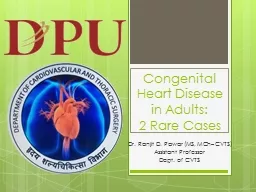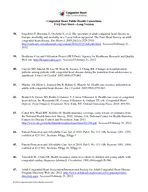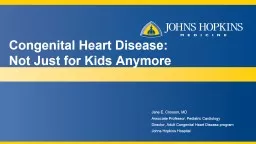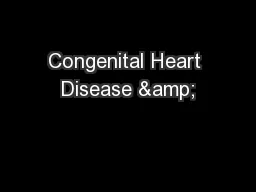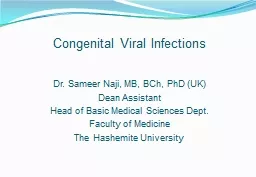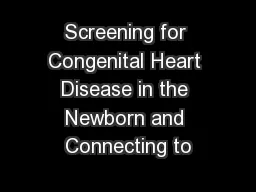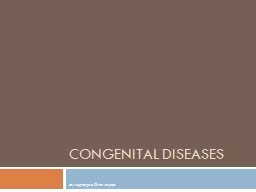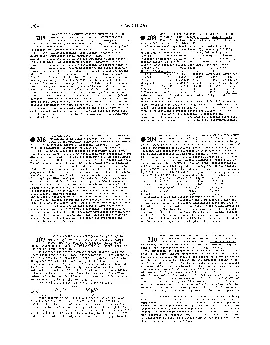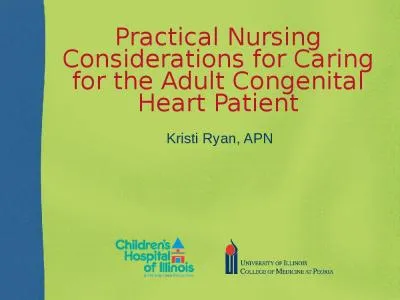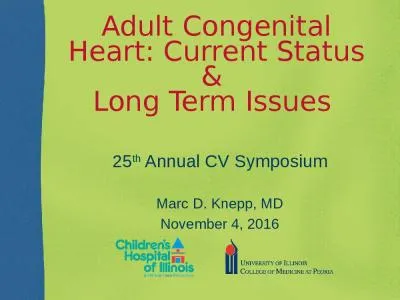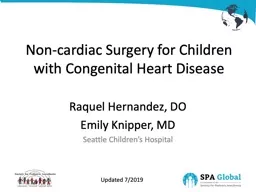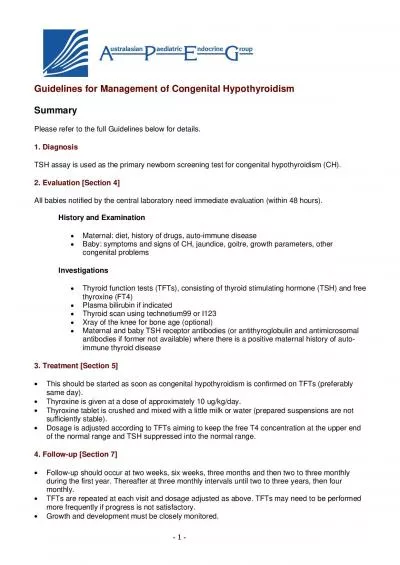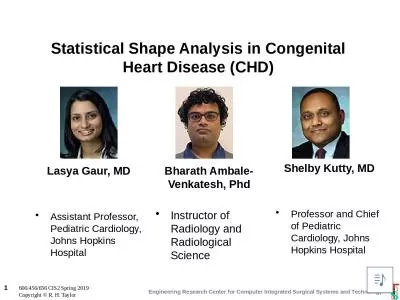PPT-Congenital Heart Disease in Adults:
Author : experimentgoogle | Published Date : 2020-06-23
2 Rare Cases Dr Ranjit D Pawar MS MCh CVTS Assistant Professor Dept of CVTS c ase 1 COARCTATION OF AORTA 20 Yrs Male Complaints Headache Giddiness Dyspnoea on
Presentation Embed Code
Download Presentation
Download Presentation The PPT/PDF document "Congenital Heart Disease in Adults:" is the property of its rightful owner. Permission is granted to download and print the materials on this website for personal, non-commercial use only, and to display it on your personal computer provided you do not modify the materials and that you retain all copyright notices contained in the materials. By downloading content from our website, you accept the terms of this agreement.
Congenital Heart Disease in Adults:: Transcript
Download Rules Of Document
"Congenital Heart Disease in Adults:"The content belongs to its owner. You may download and print it for personal use, without modification, and keep all copyright notices. By downloading, you agree to these terms.
Related Documents

